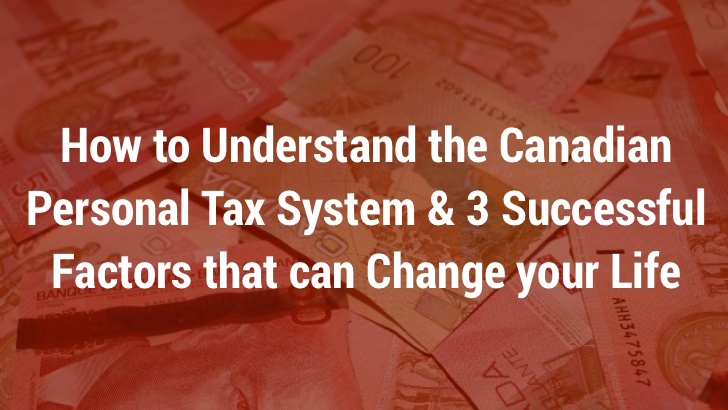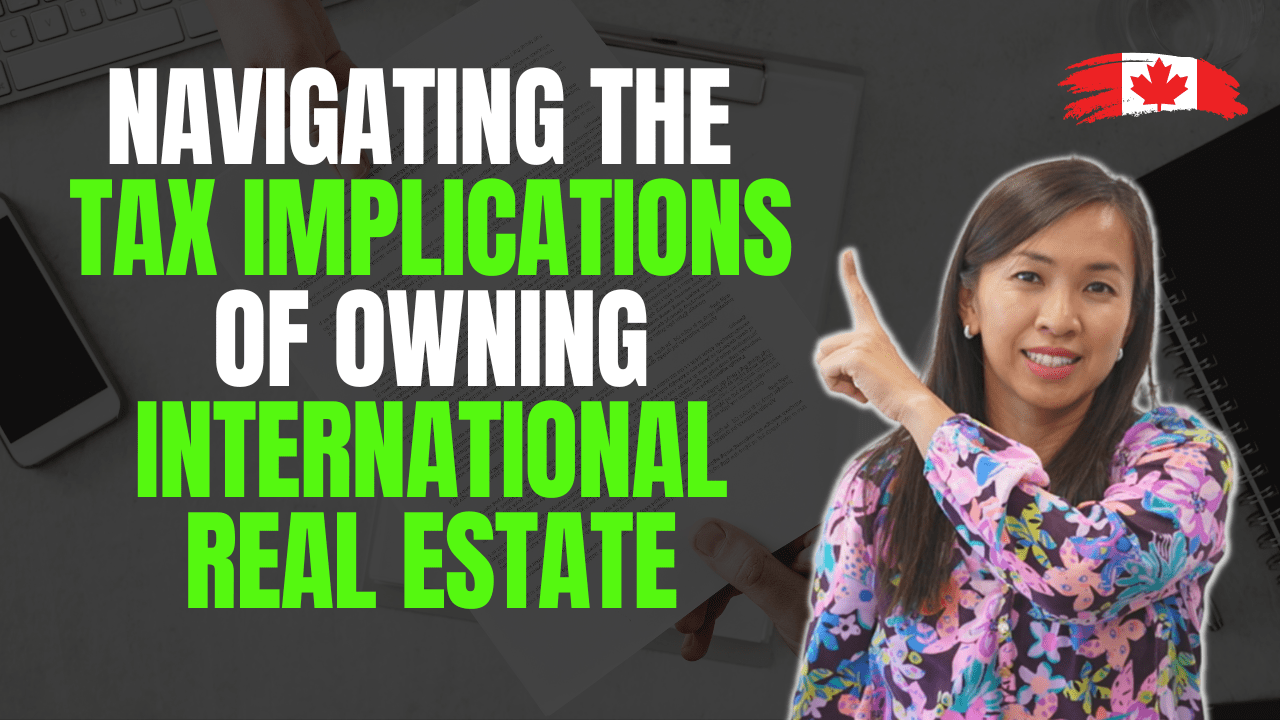
I signed up to commit to a 21-day challenge to wake up at 4:30am every morning for 21 working days.
Most of you probably think I am crazy. You might be thinking waking up at 4:30am is not possible.
I have to admit that it was tough when I first started joining the 5am club. It was okay for some mornings. But on others I just couldn’t get up.
I found that I gave myself too many excuses.
Looking back at the biggest success in my early 20s, somehow miraculously I got onto the Honour Roll when I wrote my Chartered Accountancy Final Exam, I could accredit that to the following 3 success factors:
- AccountabilityIf you have read the book Better Than Before written by Gretchen Rubin, there are four types of character framework. One of which is called Obliger.An obliger is defined as someone who meets outer expectations, but struggles to meet inner expectations he imposes on himself.
I am an obliger.
My client’s priorities are my priorities. My kids priorities are my priorities. My husband’s priorities are my priorities. My own priorities are ranked the lowest at the bottom.
When I am the one making the decision to wake up, it’s my own priority. If any other priorities come into place, pretty much anything else can affect this decision anytime.
When I was studying for the exam, we formed a study group. We marked each other’s cases to give a 3rd party fair opinion.
We agreed that we would do one case a week from January to June to practice every Wednesday. We then ramped up the practice to two cases per day in July & August. The exam was held in September.
Being an obliger, I knew my study partners were relying on me to show up every single week and every single day. I didn’t have any choice but force myself to show up.
This 21 day challenge requires me to check in every single morning at 4:30am. There’s a Facebook group opened for the challenge. I also signed up with my accountability partner James Maggs. He messages me at 4:30am every day to wish me a great morning.
So far, I’ve been successful for the first 5 days of my 21 days challenge.
- PlanningPlanning really helps.My accounting final exam was a 3-day case writing exam. We had to write about 7 cases in total, ranged from 45 minutes to 5 hours per case.
But it didn’t matter how short the case is, the game plan was always to plan first. Spend the first 10 minutes or one hour to plan.
At the beginning, it was hard to fight off the urge to start writing the case. Gradually, I learned that we needed to be patient, recognized our limited brain power that we could only hold so much information at once, and gathered all the facts.
When the game plan is done first, the case writing becomes much simpler.
Some people who are also in this 21 day challenge mentioned that they woke up without really knowing what they should do. I was shocked to hear this.
Today’s Monday so my priority for this morning is to finish my blog post and work on my client list, send out the tax reminder by the end of this week, take Bruce to his first day of daycare.
My blog post is almost done. 🙂 I’ve already won my morning.
- ConsistencyWorking on case writing for my final exam required consistency. We dedicated every Wednesday afternoon to do so.We planned ahead, even planning our course schedule around it to allow time off every Wednesday.
We even booked a room at the library the same afternoon.
There’s a quote that says “ninety percent of success is just showing up”.
Consistency is the key. Show up, do your work consistently, and you will see results.
That worked for me when I was writing the exam, that will also work for me this time around.
My goal is to extend this 21 day challenge to the rest of the year, work on my priorities, automate my life more and allow me to spend more time with my family. 🙂
What’s yours?
Now onto this week’s topic.
Personal tax
The Canadian personal tax system is a progressive tax system. This means that the more you make, the more you get taxed on.
This is the chart that shows you what marginal tax rates are for Canadians who reside in Ontario in 2016:
| Income range | Marginal tax rate |
| $45,000 – $73,000 | 30% |
| $73,000 – $91,000 | 34% |
| $91,000 – $140,000 | 43% |
| $140,000 – $150,000 | 46% |
| $150,000 – $200,000 | 48% |
| $200,000 – $220,000 | 52% |
| $220,000 and above | 54% |
(Source)
I have simplified the above chart to summarize all major marginal tax rates for you. There are additional income ranges and marginal tax rates below $45,000. There’re also basic personal tax credits that each of you are entitled to.
The best way to explain this system is to use an example. Let’s say a taxpayer earns $80,000 income from their job.
For someone who only has basic income tax credit, he is responsible to pay $6,632 tax for his first $45,000 of income.
| Income range | Marginal tax rate | Tax liability |
| Below $45,000 | 6,632 | |
| $45,000 – $73,000 | 30% | 8,400
(($73,000 – $45,000) x 30%) |
| $73,000 – $91,000 | 34% | $2,380
(($80,000 – $73,000) X 34%) |
| Total tax liability | $17,412 | |
| Average tax rate | 22% | |
Depending on how much you make, different parts of your income will be taxed at different marginal tax rates.
For someone who earns $80,000 job income, the first $45,000 of his income is roughly taxed at 15%. The next $28,000 is taxed at 30%. The last $7,000 of his pay check is taxed at 34%.
But his overall tax rate is different.
There’re two main concepts here: average tax rate and marginal tax rates.
Average tax rate is calculated by dividing your total tax liability over your taxable income.
As an example, for a single person who makes a taxable income of $100,000, he pays $24,979 in 2016 in Ontario.
His average tax rate is therefore 25% (24,979/100,000).
Marginal tax rate is the tax rate being applied to your highest chunk of taxable income.
For someone who makes $100,000 income, his boss decides to give him a raise of $10,000. This $10,000 is taxed at his marginal tax rate, 43%. So he gets taxed of 43% of this additional $10,000 that he makes.
His total overall tax liability = $24,978.74 + $4,300 = $29,278.74.
His new average tax rate is $29,278.74/$110,000 = 26.62%.
Yes, a 10% raise on your gross income will only give you an after tax increase of 57%. Boo! 🙁
Similarly, when you contribute to your Registered Retirement Saving Plans (RRSPs), all contributions are considered a tax deduction. Tax deductions get taken off from your top marginal tax rate.
Say with this new raise, you earn $110,000 job income. You want to save some tax by contributing to your RRSP for $10,000.
This $10,000 is coming off from the top marginal tax rate. You can get a refund of $4,300 back if your employer deducts the personal income tax appropriately.
Why are these two definitions important?
As a real estate investor, your rental income is subject to tax.
If you purchase one property which earns you a net rental income of $10,000 for the year, depending on what your marginal tax rate is, your rental income is added to your regular income including your job income and gets taxed at the corresponding marginal tax rate.
Using the example above, for someone who already earns $110,000 job income, the additional rental income of $10,000 is taxed at 43%, an additional $4,300 of tax liability.
Adding to his tax from his job income, his tax liability is now $33,579 ($29,279 + $4,300).
His average tax liability is 28%.
You just cannot simply take what your income tax withheld on your paycheck and divide it by how much you get taxed to come up with your tax rate. You actually get taxed more than your average tax rate!
I did a presentation at Rock Star Real Estate Brokerage over the weekend. One guy came up to me and asked me about why someone earning a $180K salary would only be required to pay roughly $63K of taxes.
Why isn’t it 40% or 50%, but merely at 30%?
The 30%, or $63K, that you see in the example is merely an average tax rate, calculated by applying different marginal tax rate to different chunks of income.
Whereas, the 40% or 50% that he mentioned are the highest marginal tax rate that’s being applied to the top chunk of the income.
Recognizing what the marginal tax rate on the additional rental income also allows you to make an informed decision to choose over the ownership structure.
For realtors and self-employed individuals, the amount of taxes you are required to set aside is calculated based on your average tax rates, in most cases, it would be more or less around 30%. Set aside 30% of your pay check so you won’t be hit with a big surprise at the end of the year.
Until next time, happy Canadian Real Estate Investing.
Cherry Chan, CPA, CA
Your Real Estate Accountant






Mario Glumpak
Congratulations on the 430am commitment. I also started the 5 am club this year….Not easy, but worth it…I am getting so much done early, that I am happier and more focused on being in the moment with my family time later in the day. Thanks for the timely boost and inspiring post.
Cherry
Thanks Mario! I tried 5am club on and off last year, but wasn’t able to commit to it.
I am so proud to say that till today, March, I am still sticking with the 4:30am schedule.